A urine test is one of the most basic pathological techniques used to ascertain the presence of glucose, protein, and other chemicals in the sample via a simple paper-based color changing test. This easy test can relay significant information which can be used for the diagnosis of diabetes, kidney problems, infections in the urinary tract, and other diseases.
Despite its simplicity, the urine test is a powerful technique routinely used by the medical doctors to draw important conclusions. However, the urine testing technology is not perfect; the results take considerable time and even then, may be inconclusive whereby a new test needs to be performed.
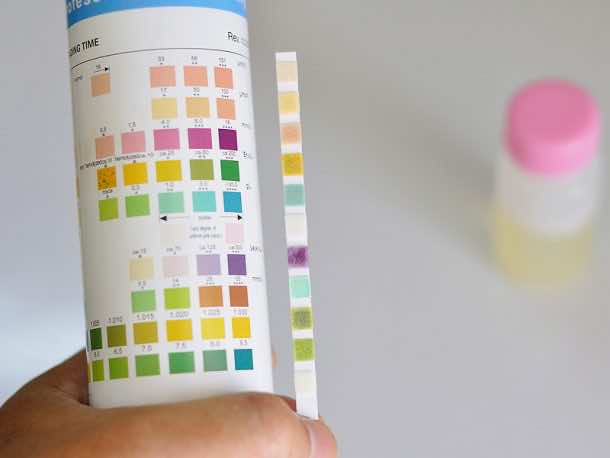
Mostly, the treatment of any disease is time critical, yet the doctors need to wait for the urine test results to ensure that their diagnosis is correct before prescribing the medicines. The lengthy testing procedure makes continuous monitoring of the patient a forgone conclusion.
The engineers from Stanford undertook the task of bringing this simple, yet prolonged medicinal process to home. The aim of the project was to design an inexpensive home-based mechanism to use the urinary dipstick in all settings.
Assistant Professor Bowden of Electrical Engineering at Stanford explained the difficulties associated with a project of this type:
“You think it’s easy – you just dip the stick in urine and look for the color change, but there are things that can go wrong. Doctors don’t end up trusting those results as accurate.”
The professor explained her design of the portable, affordable urine testing device in her journal, detailing that the contraption will allow the patients to monitor and test their urine regularly with high accuracy. Though other home-based urine testing systems are also available on the market, Bowden believes that her system does not vary significantly from the current methods of urine testing in practice; both use the dipstick to perform the test.
The Dipstick
The dipstick was first introduced more than 60 years ago to measure the blood glucose level. A standard dipstick, currently being used in the medical institutions comprises of 10 square pads on a piece of paper. When allowed to soak in a sample, the color of each pad on the paper changes depending upon the presence of the chemical compound in the sample.
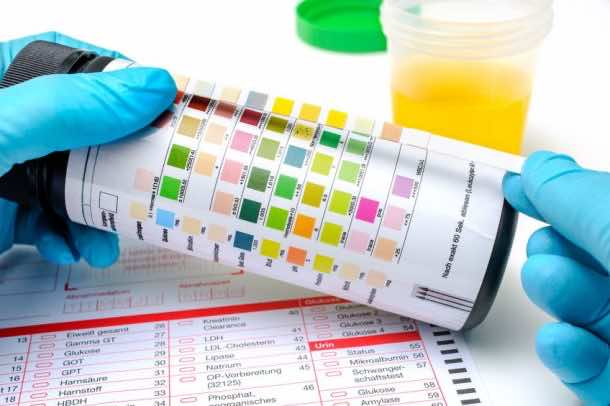
Once the recommended waiting time is over, the color pads are checked against a reference chart by an automated or manual system.
The latest home-based urine test system has been engineered to overcome the three primary sources of error in a home urine test; lighting, volume control, and timing.
Lighting
Poor lighting can adversely affect the findings of the color-based dipstick test as the same color can appear differently in varying settings.
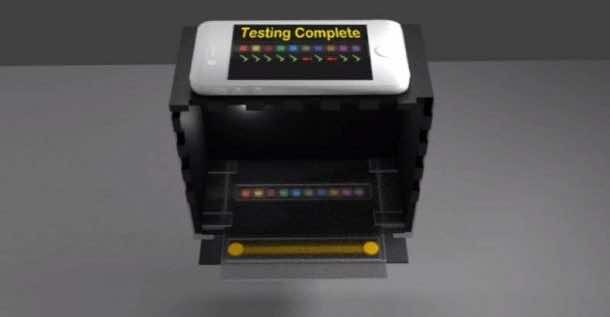
To overcome this problem, the design includes a black box covering the dipstick.
Volume & Time Control
A slight excess or shortage of the urine can produce inaccurate results. Therefore, the design involves a multi-layered mechanism to soak up the dipstick with urine. The urine is poured into the first layer using a dropper, which then fills a channel in the second layer, and ten square boxes in the third layer.
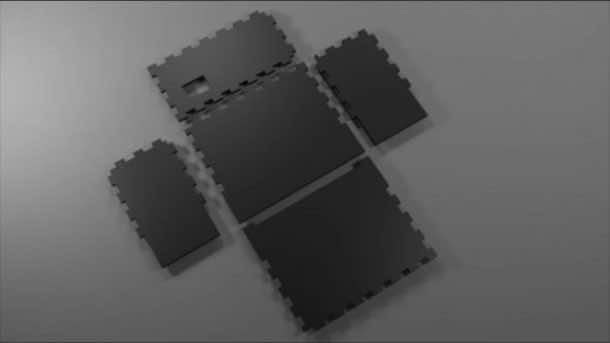
Once the third layer has been fitted in the box, engineering comes into play and ensures that an even volume of urine is deposited on each pad.
Recording and Analysis of the Test Results
A smartphone is placed atop the black box with its video camera directed on the dipstick inside the black box. The video is analyzed by customized software which also controls the timing of the urine deposit on the stick. The phone recording begins once the third rack is in its place, and the urine has been deposited on the dipstick.
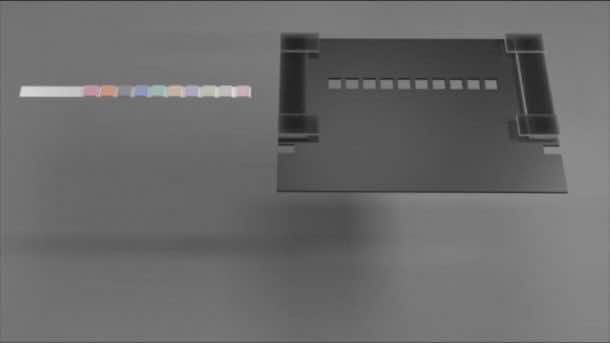
The display time of the pads on the dipstick varies from thirty seconds to two minutes. The video recording can be transferred to the software after two minutes. The software will check the color of each pad against the reference chart by analyzing the right frame in time.
The video below explains the working of this system:
The Future
The design team of this home-based urine test system plans to develop an app which will perform the analysis and send the readings directly to the doctor. They are still looking at the feasibility of commercializing this home urine test system.
The device will certainly reduce the burden on the primary health care personnel.


